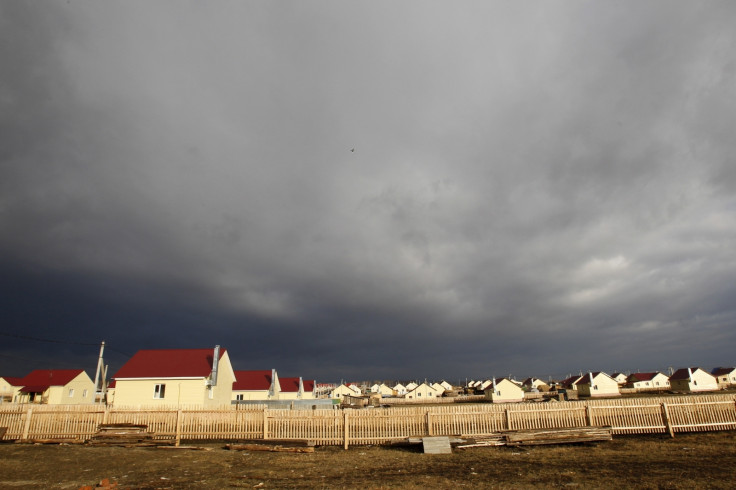The mysterious radioactive clouds that drifted over Europe came from Russia
Moscow says the concentration of radioactive isotope ruthenium-106 reached 986 times the normal level.

Russia has confirmed that it detected "extremely high" concentrations of radioactive isotope ruthenium-106 in its southern Urals region, which had led to the formation of a radioactive cloud drifting across Europe.
Moscow conceded that the levels of the isotope were 986 times more than normal, strengthening earlier suspicion that pollution from a Russian nuclear plant could have caused the cloud.
The mysterious cloud was spotted in September and October and European reports blamed it on nuclear contamination from Russia. But Russian officials had denied any knowledge of a leak at that time.
Although it still did not explicitly acknowledge a leak of radioactive material at any of its nuclear facilities, on Monday, 20 November, Russia's meteorological service Rosgidromet said the high concentrations of Ru-106 were detected between 25 September and 1 October in the southern Urals. Russian officials say the highest concentration was registered in Argayash, a village in the Chelyabinsk region in the southern Urals.
Ru-106 has a half-life of just one year and is not found naturally on earth, so the high levels could have only come from a nuclear facility.
"Probes of radioactive aerosols from monitoring stations Argayash and Novogorny were found to contain radioisotope Ru-106," Rosgidromet said. It said the isotope was detected in Tatarstan and southern Russia, and eventually reached "all European countries starting in Italy and toward the north of Europe" by late September.
Though the agency did not mention the exact source of the pollution, the monitoring station which picked up the highest levels of radiation is located about 20 miles from the Mayak nuclear facility. It was here that one of the worst nuclear disasters in history struck when more than 270,000 people were exposed to dangerous levels of radiation in 1957.
The thin cloud, which vanished within weeks, was spotted over more than a dozen nations, but reportedly did not pose a health risk.
According to Greenpeace, which has now called for an in-depth investigation into the latest incident, the Mayak plant still serves as a reprocessing site for nuclear fuel. "Greenpeace will send a letter asking prosecutors to open an inquiry into [the] potential concealment of a nuclear incident," read a statement released by the Russian arm of Greenpeace.
When Moscow's state-run nuclear corporation Rosatom released a statement earlier rejecting reports of a possible radioactive leak, it said the "radiation around all objects of Russian nuclear infrastructure is within the norm and the level of background radiation".




















